Villages want voices heard on Ambler Road
North of 60 Mining News - April 5, 2024
Last updated 4/26/2024 at 11:43am
Gov. Dunleavy urges BLM to consider recent Alaska Native support as it finalizes its reassessment of the Ambler Access Project.
"I strongly believe that the road will greatly benefit my community and I'm not alone. Many of my neighbors also support the road, as do other villages in the region," Native Village of Ambler President Miles Cleveland said of the proposed Ambler Access Project that would extend to within 30 miles of his community. This support is reflected in resolutions passed by tribal and village councils, as well as the assemblies of the two boroughs in northern Alaska.
Alaska Gov. Mike Dunleavy is urging the U.S. Bureau of Land Management (BLM) to take these strong resolutions in support of the Ambler Access Project into consideration as it finalizes a reassessment of the federal permits needed to build this 211-mile transportation corridor to the Ambler Mining District.
"The resolutions from these tribal communities are a clear indication of the importance of this project," he said. "Their inclusion in the final decision process by the BLM is not only appropriate but essential for a project of this magnitude."
Leaders of many of the communities closest to the proposed road agree and feel that their voices are not being heard.
"The voices opposing the Ambler Access Project have overlooked the growing support for the project among tribal communities," Vincent Simon Sr., a former chief and second chief for Allakaket Village, penned in an editorial published by Alaska Daily News. "Eleven of the villages closest to the project have voiced their support for the permitting process to proceed."
Mineral-rich district
Lying on the southern slopes of the Brooks Range in Northwest Alaska, the Ambler Mining District hosts high-grade deposits and prospects enriched with copper, zinc, lead, cobalt, silver, gold, and other metals.
Ambler Metals – a joint venture partnership owned equally by South32 Ltd. and Trilogy Metals Inc. – has consolidated a 448,217-acre land package known as Upper Kobuk Mineral Projects, or UKMP, covering the world-class Arctic and Bornite deposits and more than a dozen earlier-staged mineral targets in the Ambler District.
Located only about 15 miles apart, these deposits host roughly 8.9 billion pounds of copper, 3.6 billion lb of zinc, 626 million lb of lead, 88 million lb of cobalt, 770,000 ounces of gold, and 58.3 million oz of silver in the indicated and inferred resource categories.
Future mines at these deposits about 200 miles west of Alaska's road system, however, require a means of delivering concentrates to global markets demanding reliable and responsible sources of copper, cobalt, and other metals.
Congressional road mandate
The richness of the Ambler District and the eventual need for a road to the world-class deposits of metals found there is something that has long been understood.
The importance of a road to the Ambler District is so great that U.S. Congress included special provisions in the 1980 Alaska National Interest Lands Conservation Act (ANILCA) that guarantees the approval of a transportation corridor to this metals-rich region of Northwest Alaska.
"Congress finds that there is a need for access for surface transportation purposes across the Western (Kobuk River) unit of the Gates of the Arctic National Preserve (from the Ambler Mining District to the Alaska Pipeline Haul Road) and the Secretary shall permit such access in accordance with the provisions of this subsection." –Section 201 (4) of ANILCA.
The Alaska Industrial Development and Export Authority, a quasi-public corporation better known as AIDEA, plans to build that vital transportation link and recoup the construction and maintenance costs from tolls charged to companies that develop mines in the district.
In 2020, BLM and the National Park Service (NPS) issued AIDEA the federal permits needed to build a road and meet the Congressional mandate outlined in ANILCA.
In 2022, however, BLM suspended the authorizations for further review.
The federal land manager cited a lack of adequate consultation with Alaska tribes and evaluation of potential impacts the road might have on subsistence uses as reasons to reevaluate the previously issued authorizations.
Over the past two years, BLM has been reanalyzing the proposed road, including further subsistence studies and additional tribal consultation.
In October, BLM published a draft supplemental environmental impact statement (SEIS) incorporating the findings from its extra analysis.
"The latest draft includes additional data and analysis informed by robust Tribal consultation and cooperation, on-the-ground perspectives, and public input," BLM Alaska State Director Steve Cohn said at the time.
Tribal resolutions of support
Gov. Dunleavy and AIDEA officials are urging BLM to take into consideration recent resolutions in support of the Ambler Road from several rural Alaska communities that would be impacted by the project.
This support includes strong endorsements for the road by the villages of Ruby and Hughes over the past couple of weeks.
Recognizing the important role responsible resource development plays for residents living in Northwest Alaska, on March 20, the Ruby Tribal Council unanimously passed a resolution in support of the Ambler Road.
"The Ruby Tribal Council is dedicated to ensuring jobs and opportunities for our children and grandchildren," said Ruby Tribal Council First Chief Patrick McCarty. "The resolution stands as a testament to our village's dedication to responsible resource development."
Less than a week later, Hughes Village passed its own resolution for similar reasons.
"This resolution embodies our dedication to responsible resource development and securing a prosperous future for our younger and coming generations," said Hughes Village Chief Thelma Nicholia.
Reframing the road question
Due to the importance of responsible economic development for future generations, the village believes there should be a subtle shift in the narrative for Ambler Road.
"The right question to ask is not 'what happens to our communities and Tribal members if a road is built and mining occurs?' but 'what happens to our communities and Tribal members if a road is not built and no jobs or opportunity exists for our children and future generations?" the Tribe wrote.
This reframing of the Ambler Road question first voiced by Larry Westlake Sr., an elder from the village of Kiana, is why Hughes Village has come out in favor of the Ambler Road.
"Supporting the Ambler Road is our way of steering towards a path of economic strength and job creation," said Chief Nicholia. "Our commitment to our community's future is unwavering."
Ruby and Hughes join the villages of Allakaket, along with the Northwest Arctic and North Slope boroughs, which had previously passed resolutions in favor of moving forward with the Ambler Road.
Wanting their voices heard
Many leaders from villages near the Ambler Road are concerned that their voices are not being heard by BLM as it makes a final decision after reevaluating the Ambler Road.
"I worry though that our voices are getting drowned out by people outside the region [who] don't understand the struggles of my community," said Cleveland, who is both president of the Native Village of Ambler and a member of the Northwest Arctic Borough Assembly.
"We want to have a say over our future and supporting the Ambler Road is one way we can plan for future generations," added Chief McCarty.
Given that the very nature of BLM's reassessment of the Ambler Road permits was to ensure adequate Tribal consultation, AIDEA sent a letter to Alaska State Director Cohn urging the federal agency to consider the recent resolutions by western Alaska villages and tribes before it issues a final SEIS or record of decision on the Ambler Access Project.
"AIDEA expects BLM to recognize the weight of these community support resolutions as a critical element in the decision-making process," said AIDEA Executive Director Randy Ruaro. "Honoring the principles of collaboration and respect are central to sustainable economic development. AIDEA is committed to responsible resource development on the Ambler Access Project, mirroring the success and approach of the Red Dog Mine, which exemplifies how economic development and environmental stewardship can both be achieved."
Subsistence Advisory Committee
AIDEA and representatives from 12 communities in Northwest and Interior Alaska are also addressing subsistence, the other reason BLM cited for the need to reevaluate the federal Ambler Road permits.
Earlier this year, the Ambler Access Project Subsistence Advisory Committee (SAC) passed a resolution to establish policies that will protect subsistence resources along the 211-mile Ambler Road corridor.
"This resolution is a testament to the power of collective action and collaboration," said Fred Bifelt, Ambler Access Project SAC co-chair from the village of Huslia. "Together, we are ensuring that the development of this project meets our required stipulations and considers our future generations."
Key aspects of the resolution include:
• Development and implementation of management plans and standard operating procedures focused on the protection of fish and wildlife, as well as security to keep the road a private, industrial access-only road.
• Regular review and improvement of subsistence policies.
• Policies ensuring minimal disturbance to wildlife, especially during migration.
• Controlled access and thorough training for all personnel involved.
"We're not just building a road; we're forging a legacy for our children, guided by the wisdom of our ancestors," said Westlake, co-chair of the Ambler Access Project SAC from the village of Kiana. "This project brings a promise of jobs and new opportunities for our people. It's a path we're walking with care, ensuring it reflects our values and respects the land that has sustained us for generations."


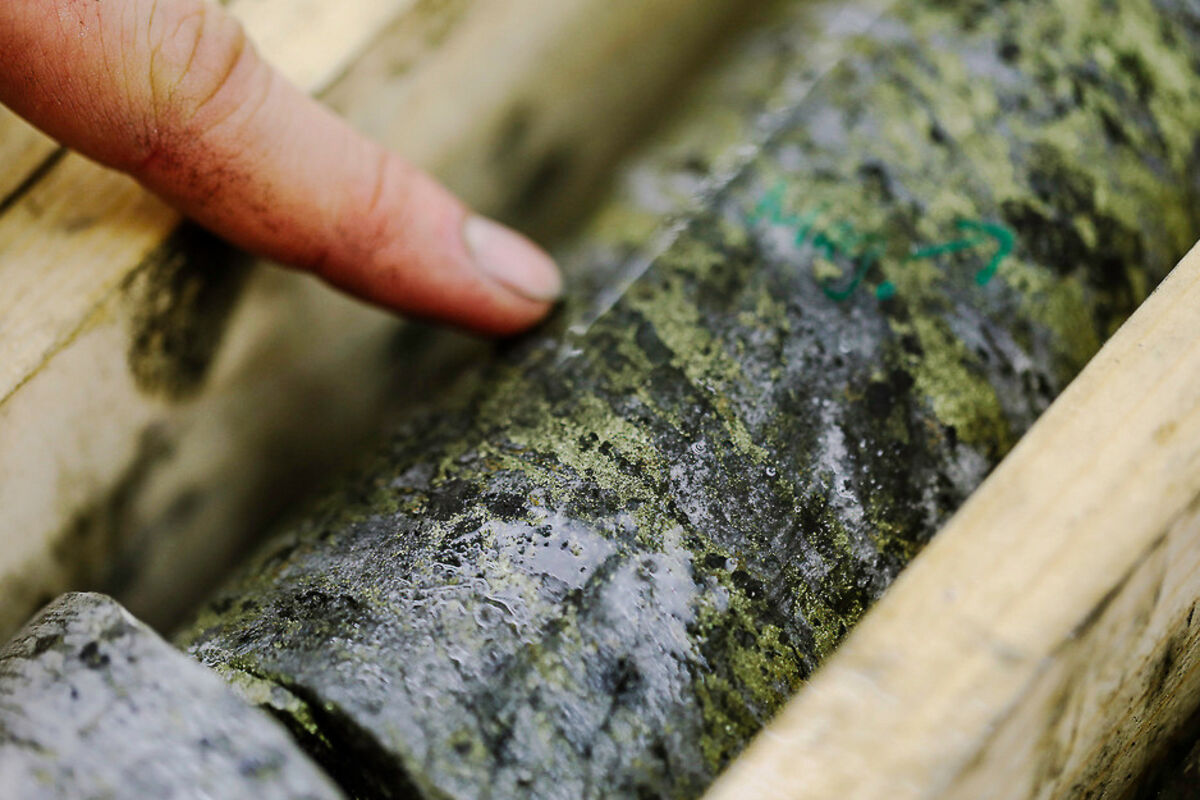
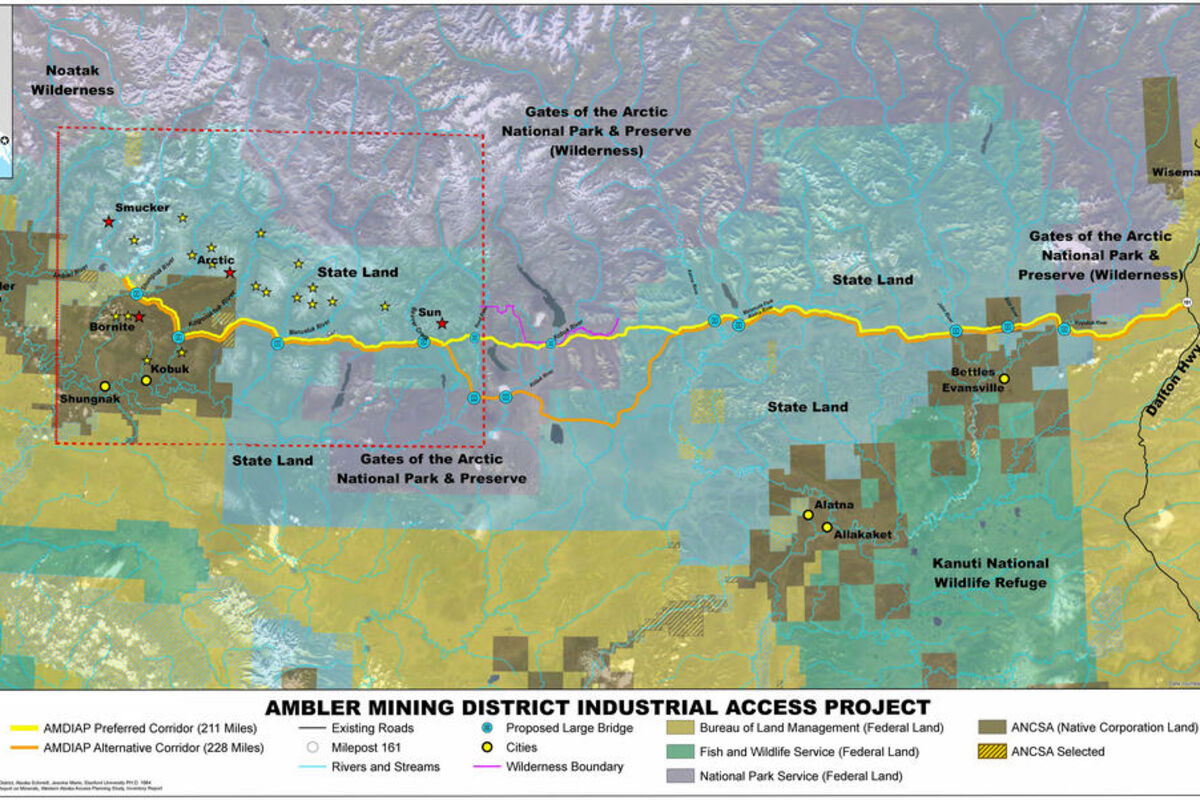
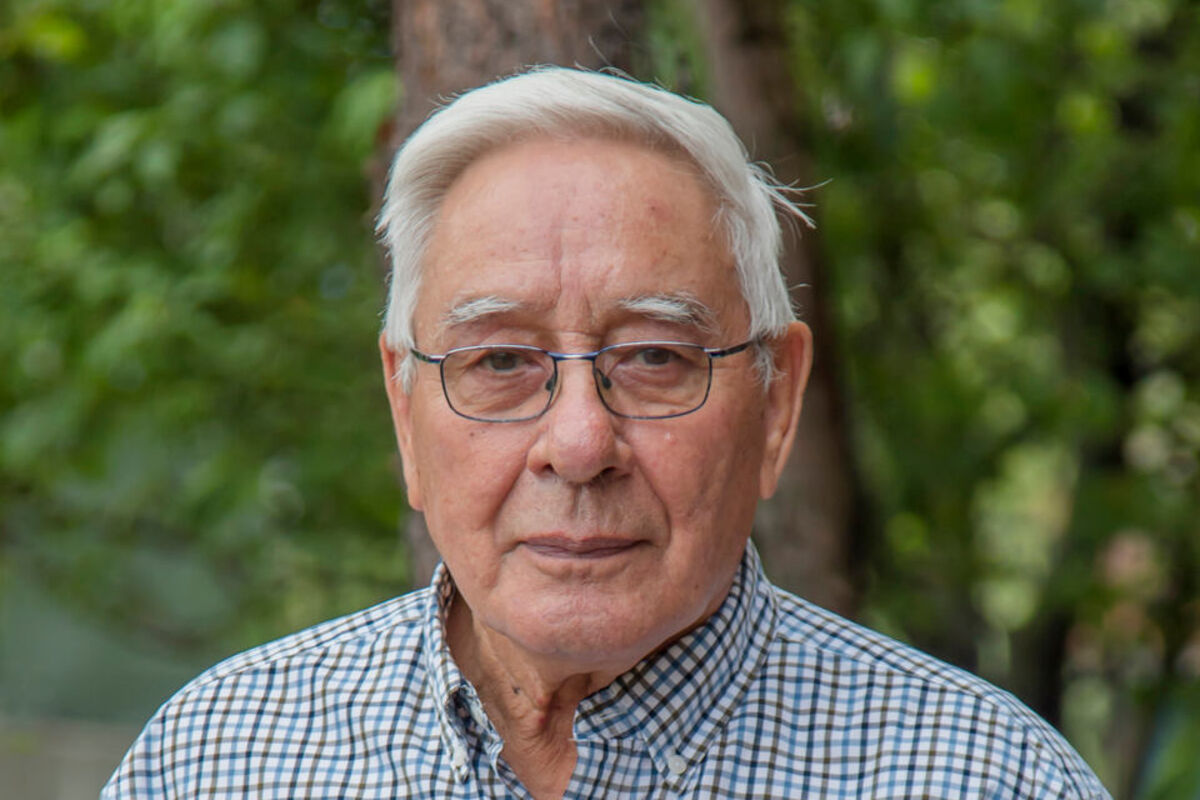
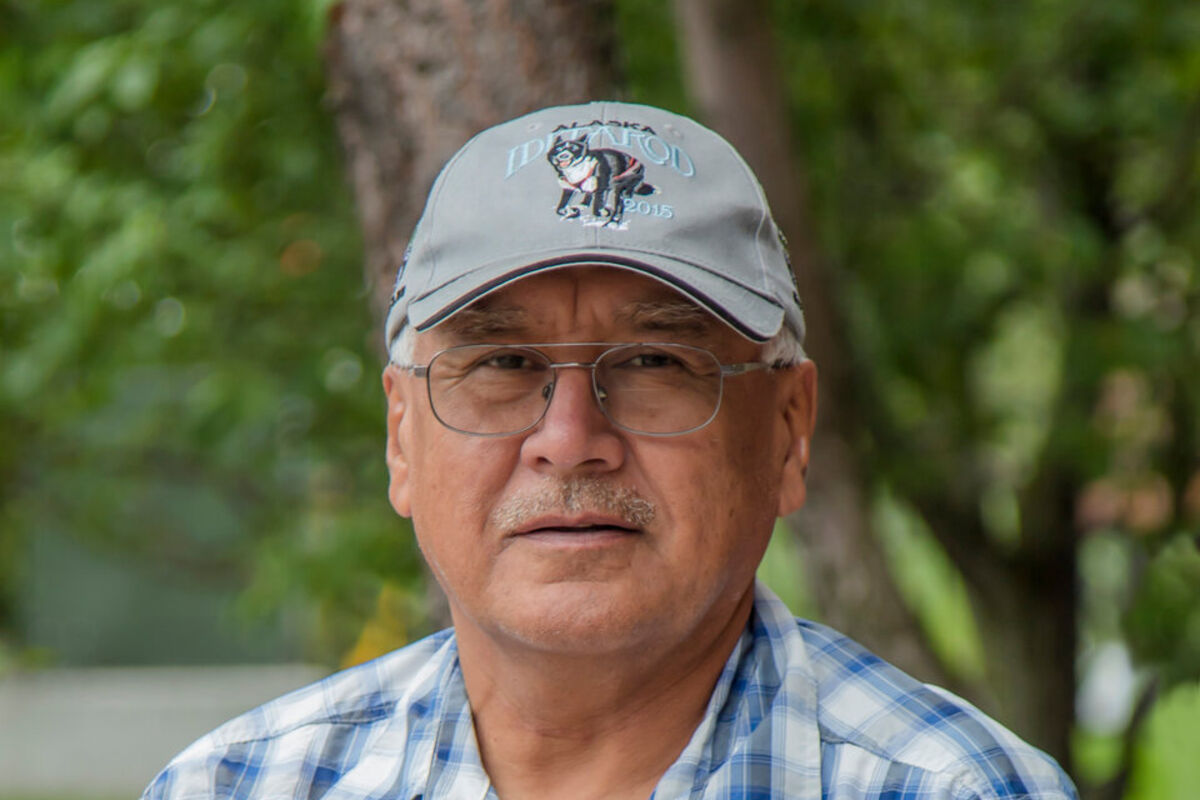
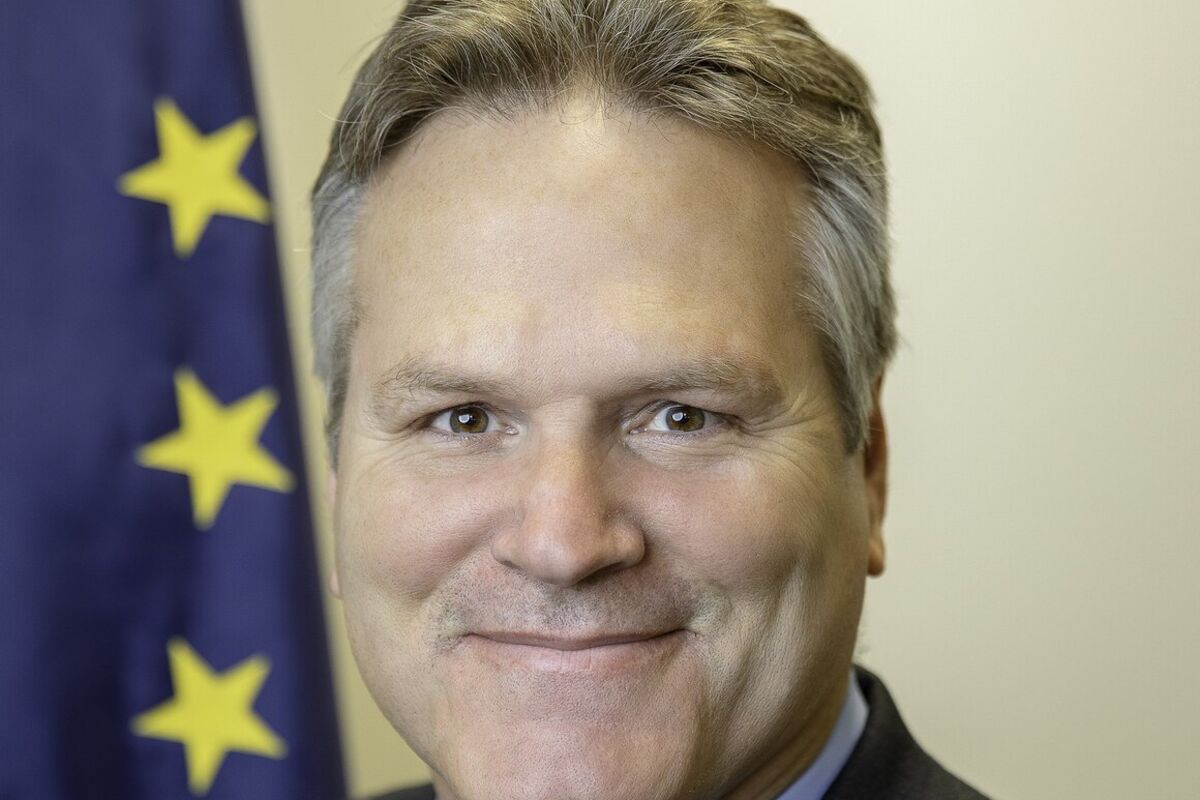





















Reader Comments(0)